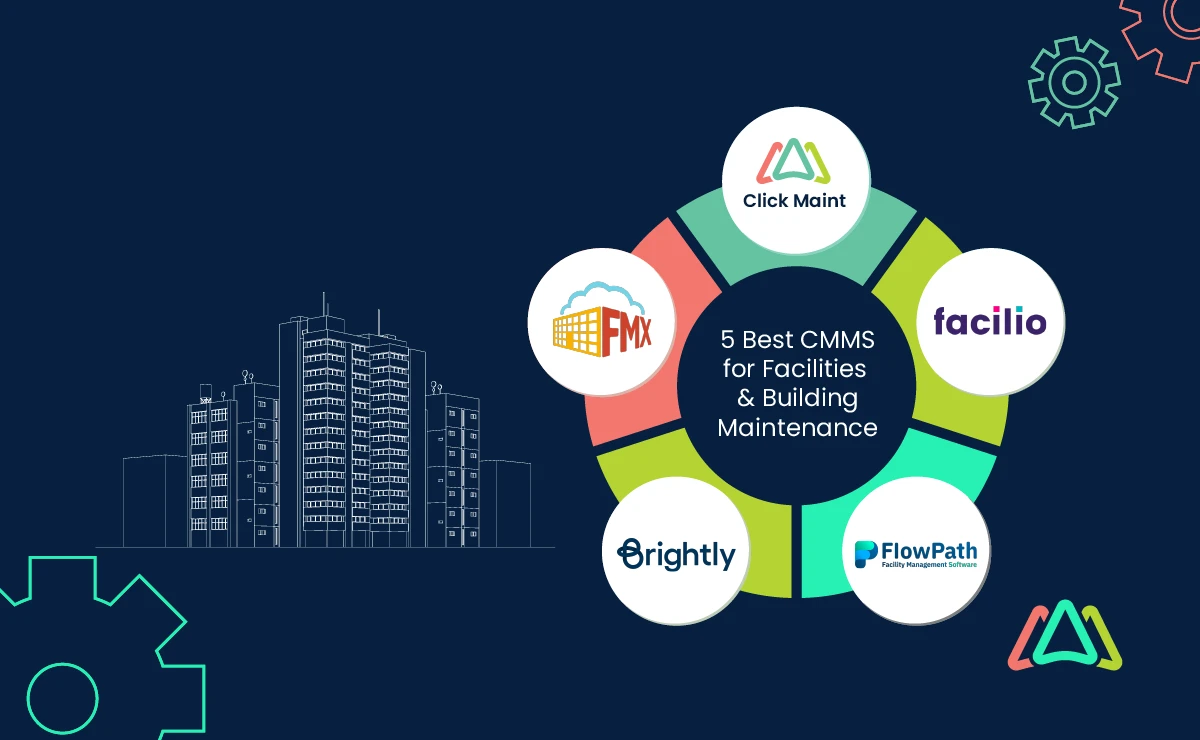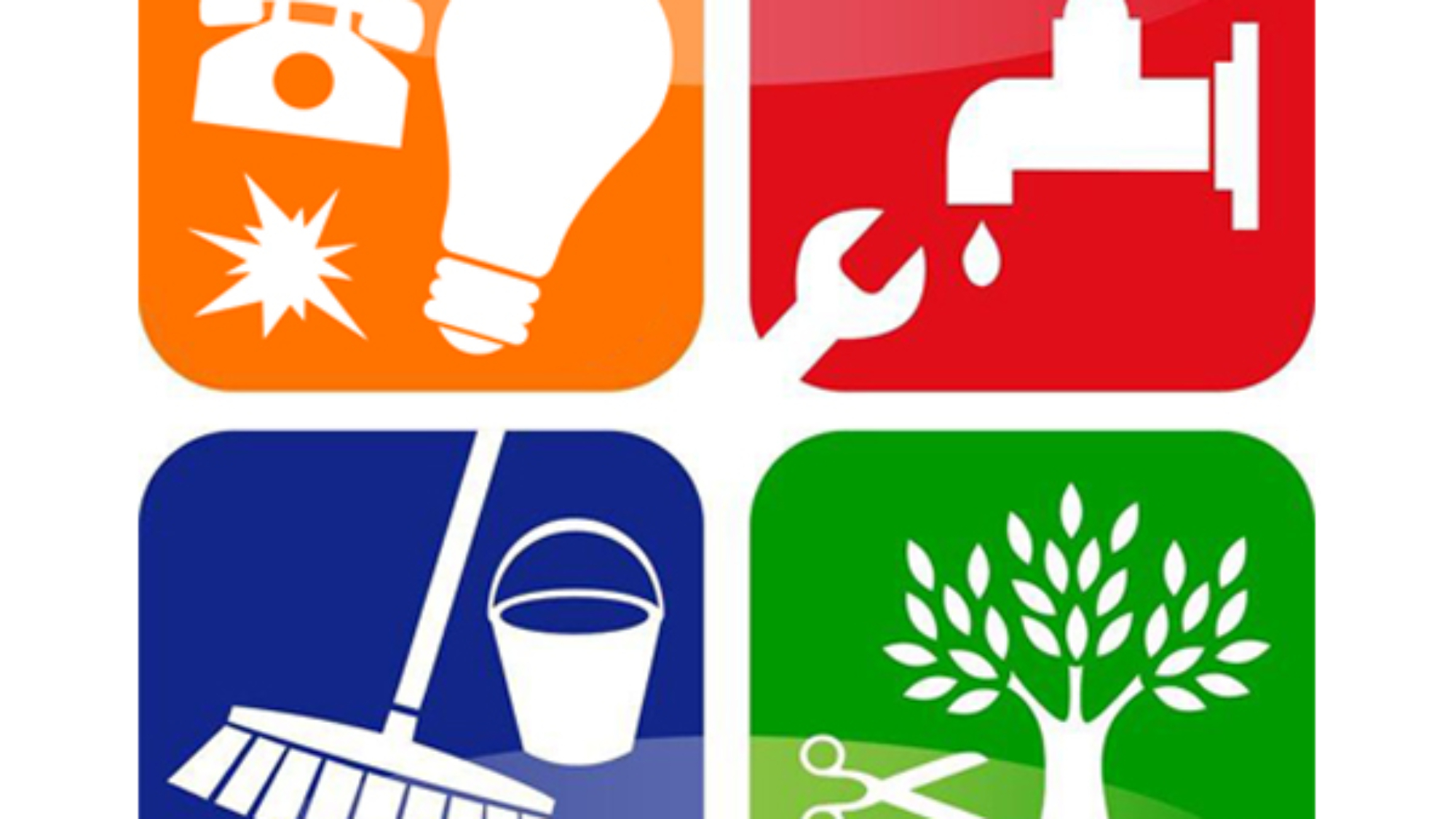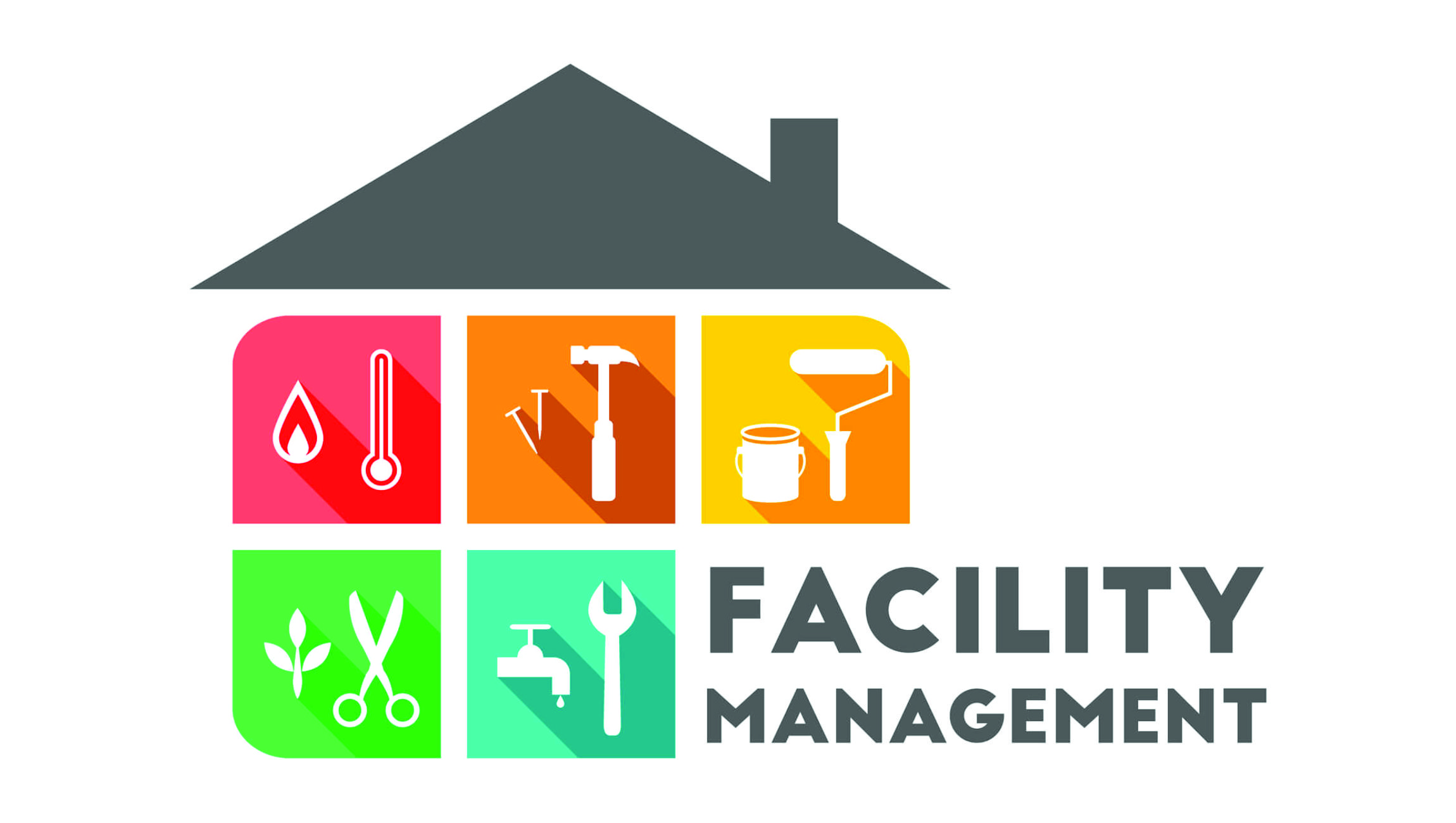Trick Trends Forming the Future of Facility Administration in 2024
As we look in advance to 2024, the landscape of facility management is poised for significant makeover, driven by numerous essential trends. The assimilation of clever structure innovations and a shift in the direction of data-driven decision-making guarantee to improve functional effectiveness while focusing on sustainability in practice.
Smart Building Technologies

Smart structure modern technologies encompass a wide range of systems, including smart lighting, heating and cooling controls, and security systems. By integrating these systems, facility managers can keep an eye on and change specifications in real-time, resulting in considerable decreases in power waste and functional prices. As an example, clever sensing units can detect occupancy degrees and readjust lights and temperature appropriately, guaranteeing that energy is only used when necessary.
Furthermore, these innovations facilitate enhanced information collection, enabling organizations to track use patterns and recognize chances for further improvements. The execution of wise building modern technologies not just contributes to sustainability objectives yet likewise creates healthier work atmospheres that can improve worker productivity and satisfaction.
As we relocate into 2024, the adoption of clever building technologies will likely increase, reflecting a wider shift in the direction of more smart, responsive, and lasting facility monitoring methods.
Data-Driven Choice Making
Progressively, companies are leveraging data-driven decision making to improve facility monitoring practices. By using data analytics, center supervisors can obtain workable insights that dramatically improve functional efficiency and resource appropriation. The combination of innovative technologies, such as IoT sensing units and real-time surveillance systems, enables the collection of huge quantities of data on structure efficiency, occupancy rates, and energy intake.
This wealth of info permits center supervisors to identify patterns, forecast maintenance needs, and proactively address problems before they escalate. Predictive analytics can forecast tools failings, reducing downtime and repair work expenses. Furthermore, data visualization tools assist in much better interaction amongst stakeholders, ensuring that informed decisions are made collaboratively.
Additionally, data-driven strategies boost strategic planning by enabling facility managers to analyze the performance of current methods and make notified options relating to financial investments in modern technology or framework. As organizations progressively prioritize operational excellence, data-driven choice production is positioned to come to be a keystone of effective center management techniques in 2024 and beyond. Ultimately, the ability to utilize data efficiently will equip organizations to create extra reliable, effective, and resistant centers.
Sustainability and Eco-friendly Practices
The emphasis on data-driven choice making normally lines up with the expanding concentrate on sustainability and green techniques within center administration. As organizations significantly focus on ecological obligation, facility supervisors are leveraging analytics to enhance source use, decrease waste, and minimize carbon impacts. This calculated method makes it possible for the assimilation of energy-efficient systems, such as LED lighting, clever cooling and heating controls, and renewable resource sources right into facility procedures.
Additionally, the implementation of lasting methods extends past energy intake. Facility supervisors are advertising and embracing eco-friendly materials recycling initiatives to produce a round economic climate within their centers. This not only enhances the environmental account of the organization however also promotes a culture of sustainability amongst employees.
Conformity with ecological policies is another critical aspect driving the fostering of eco-friendly techniques. By using information analytics, facility managers can keep track of compliance metrics and identify locations for enhancement, making certain adherence to worldwide and neighborhood sustainability standards.
Hybrid Work Versions
A significant shift in the direction of crossbreed work designs is you could try this out improving the landscape of center management in 2024. This paradigm integrates in-office and remote job, necessitating a reevaluation of area use, source appropriation, and employee engagement methods. Organizations are significantly identifying the importance of flexible workspaces that satisfy diverse requirements and preferences.
Center managers have to adapt by implementing flexible workplace styles that sustain collaborative efforts while providing areas for concentrated work. This consists of the assimilation of technology to facilitate seamless interaction and collaboration among in-office and remote employees. Smart building remedies, geared up with analytics and sensing units, permit real-time tracking of area usage, enabling companies to maximize their environments effectively.
In addition, crossbreed job versions stress the demand for reliable center administration that focuses on worker experience. In essence, the hybrid work model is revolutionizing center monitoring, urging a positive technique to satisfy the progressing demands of the workforce.
Boosted Owner Health
As companies accept hybrid work versions, an enhanced focus on resident health is coming to be indispensable to facility management approaches. Facility Management. This change acknowledges that a healthy and satisfied workforce straight impacts performance and retention prices. Facility supervisors are currently prioritizing settings that promote mental and physical well-being, integrating components such as natural lights, biophilic layout, and obtainable wellness resources

Modern technology plays a more info here crucial role in this evolution. Smart structure systems can monitor ecological factors and adjust setups look at these guys in real-time, making certain optimum convenience degrees - Facility Management. Feedback mechanisms, such as occupancy sensing units and worker surveys, allow center managers to constantly refine wellness initiatives based on occupant demands.

Final Thought
In 2024, the future of center monitoring will be substantially influenced by the assimilation of wise structure technologies and data-driven decision-making, promoting boosted operational effectiveness. Sustainability initiatives will focus on eco-friendly methods, while the appearance of hybrid work designs will necessitate versatile office layouts. Additionally, an enhanced concentrate on occupant wellness via sophisticated heating and cooling systems and biophilic layout will add to much healthier work settings. These trends jointly highlight the evolving landscape of center management in response to contemporary difficulties and chances.
Center supervisors are taking on environmentally friendly products and advertising recycling campaigns to create a circular economy within their facilities.A substantial change in the direction of hybrid job designs is improving the landscape of facility administration in 2024.Furthermore, hybrid work designs emphasize the need for efficient facility management that focuses on worker experience.As companies accept hybrid job designs, an increased emphasis on owner wellness is becoming essential to center monitoring techniques.In 2024, the future of facility management will be dramatically affected by the integration of smart structure modern technologies and data-driven decision-making, promoting enhanced operational performance.